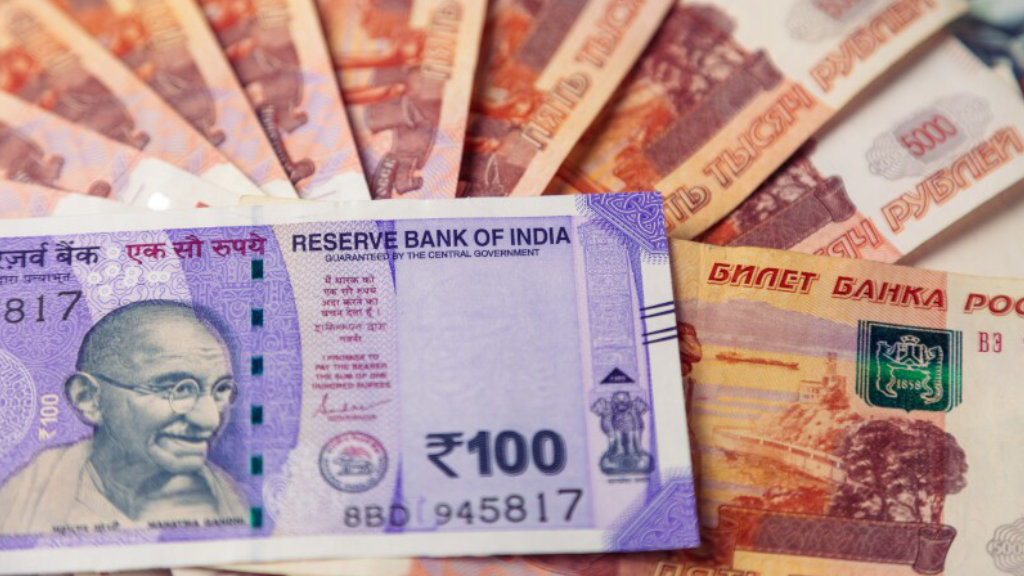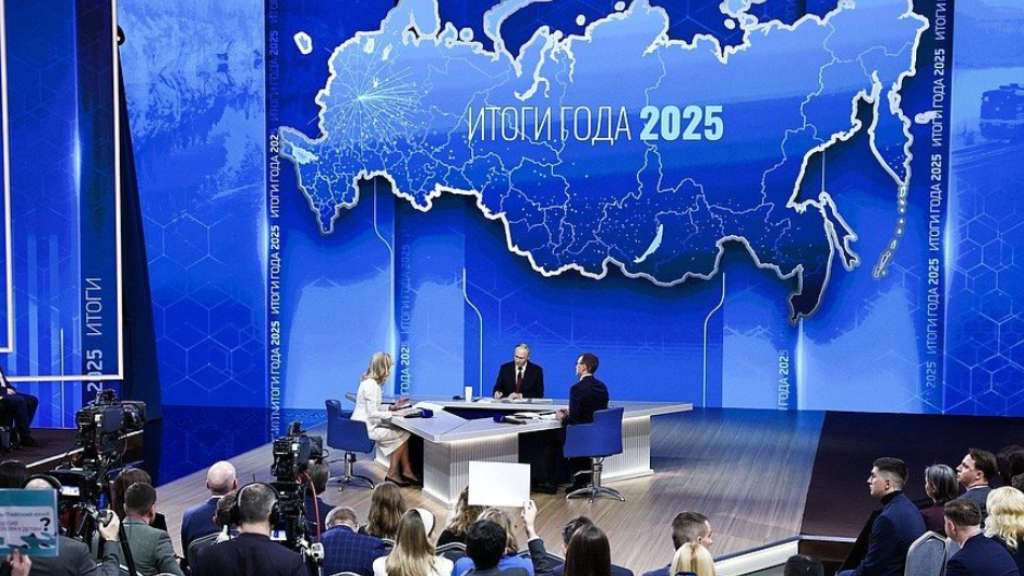India and Russia are exploring the idea of a benchmark Ruble-Rupee exchange rate to start direct trade using the two currencies, according to Indian media. Top regulators and bankers from both nations are seeking to overcome dollar trade barriers created by Western sanctions against Moscow, and to facilitate more Russian purchases of Indian goods. India buys far more from Russia than vice-versa, leading to Russia accumulating huge stockpiles of Indian Rupees it is finding difficult to offload. A controlled, reliable exchange rate would help alleviate this problem.
The issue will be discussed this week during a visit to Moscow by one of the Reserve Bank of India’s (RBI) Deputy Governors, and senior officials from some of the country’s state-owned banks.
India and Russia have significantly increased mutual trade in recent years, with India emerging as the second-largest buyer of Russian crude oil, after China.
According to India’s Ministry of External Affairs, imports of Russian goods to India have surged by about 8,300% since 2021, driven by “strategic crude oil procurement.” Meanwhile, Indian exports to Russia have grown by 59%.
The RBI recently took feedback from local and Russian banks as well as financial institutions dealing with mutual trade when examining the payments issue. Currently, banks that handle export and import payments have to use the US dollar exchange rate to convert national currencies. However, with several leading Russian banks barred from the SWIFT cross-border messaging system, the scope of dollar-based currency transactions has been significantly reduced.
Payments for purchases of oil and other heavy imports require the services of large Russian banks. In this context, the Ruble-Rupee market and rate, coupled with a payment messaging system could provide an alternative to SWIFT.
The Ruble-Rupee reference exchange rate could be set by the RBI and Bank of Russia, and “revised to keep in sync with the underlying market realities,” a senior banker has stated.
Banking officials will also discuss measures to allow a greater use of the Rupee balance lying in special accounts that Russian banks have with their Indian counterparts. The funds have accumulated because rupee payments for Russian imports exceed Indian exports heading the other way and amount to the equivalent of tens of billions of dollars.
Following Western sanctions, Russia and its trade partners have started to use national currencies for transactions, such as the Chinese RMB Yuan and the United Arab Emirates Dirham. Russian Foreign Minister Sergey Lavrov said in May that over 90% of bilateral trade settlements between Moscow and its largest partner, Beijing, were made in national currencies, and will be hoping that the same can occur in Ruble-Rupee trade.
Further Reading
Russia, India Set Target To Boost Bilateral Trade To US$100 Billion





